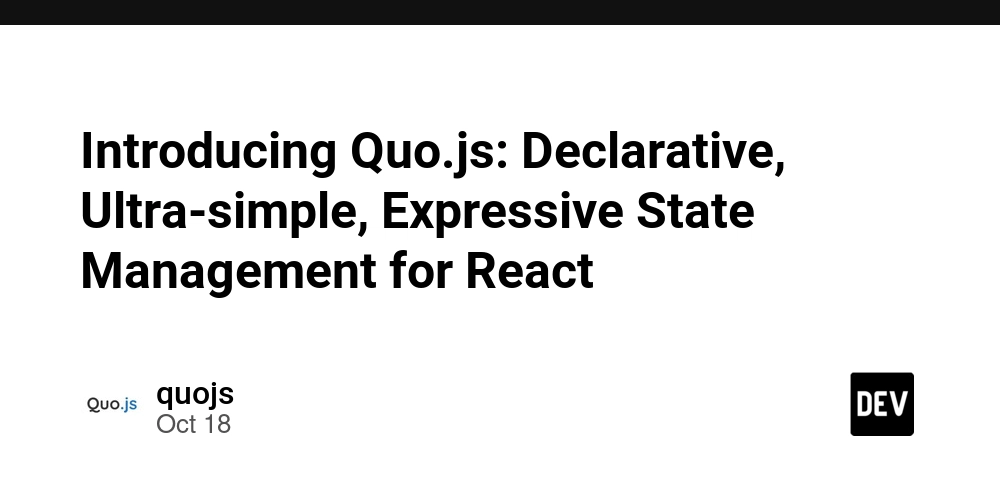When you work with distributed systems long enough, you start to realize that the hardest problems aren’t just about scaling up — they’re about staying consistent while scaling.
A few months ago, I faced exactly that challenge: our ecosystem of Java microservices had grown rapidly, and each team implemented its own flavor of throttling and rate limiting. Some relied on API Gateway limits, others built ad hoc counters, and a few had no controls at all. The result? Inconsistent API behavior, uneven load distribution, and occasional downstream strain.
That’s when I decided to design a centralized rate limiting and throttling mechanism that every microservice could adopt effortlessly — without adding extra network hops or maintenance overhead.
The Problem
In a distributed environment, rate limiting isn’t just a performance safeguard — it’s a fairness mechanism.
It prevents one service from monopolizing shared resources, protects downstream APIs, and helps maintain predictable latency.
But implementing it independently in every microservice led to:
- Different algorithms (fixed window, token bucket, sliding window)
- Hardcoded thresholds scattered across codebases
- No unified observability or audit trail
Updating policies meant redeploying multiple services. The friction discouraged teams from improving their throttling logic.
What we needed was one consistent, configurable solution — deploy once, adopt everywhere.
The Design Journey
The first question was: Should we build a central throttling service or a shared library?
Option 1: Central Service
A separate rate-limiting service (e.g., a REST endpoint) seemed appealing at first. It could manage rules dynamically and give real-time control.
But after some design exploration, I realized:
- Every microservice would have to make a network call to this service.
- Under heavy traffic, that meant hundreds of thousands of extra calls per second — creating new latency and potential points of failure.
- Ironically, the rate limiter itself could become the bottleneck.
### Option 2: Shared Library
Instead, I packaged the throttling logic as a reusable Spring Boot library.
This approach let each microservice enforce limits locally, but still use shared configurations and a common Redis store for consistency across the ecosystem.
No new service to maintain. No new latency. Just a drop-in solution that worked out of the box.
Architecture Overview
At a high level, the design looks like this:
┌───────────────────────┐
│ Microservice A │
│ ┌─────────────────┐ │
│ │ RateLimiter Lib │──┼──► Redis (Counters)
│ └─────────────────┘ │
└───────────────────────┘
Each service embeds the rate limiter library, which:
- Connects to Redis to store and retrieve counters.
- Applies per-client or per-API rate limits.
- Throws a
TooManyRequestsExceptionwhen thresholds are
exceeded.
This keeps throttling logic centralized in behavior, but distributed in execution.
Implementation Snapshot
Tech stack
- Java 17
- Spring Boot 3
- Redis for distributed counter management
1️⃣ Configuration
Each microservice adds the library in its pom.xml:
com.example
rate-limiter-library
1.0.0
And configures limits in application.yml:
rate-limiter:
redis:
host: redis-host
port: 6379
limit:
requests-per-second: 100
2️⃣ Usage
Developers can annotate methods or use a simple API:
if (!rateLimiter.isAllowed("serviceA-client")) {
throw new TooManyRequestsException("Rate limit exceeded");
}
or:
@RateLimited(key = "serviceA-client")
public void processRequest() {
// business logic here
}
3️⃣ Core Logic (Simplified)
public boolean isAllowed(String clientId) {
String key = "rate:" + clientId;
long count = redisTemplate.opsForValue().increment(key);
if (count == 1) {
redisTemplate.expire(key, 1, TimeUnit.SECONDS);
}
return count <= limitPerSecond;
}
This uses Redis atomic operations to maintain distributed counters safely across services.
The Impact
Once packaged and documented, adoption was fast.
Within weeks, more than 25 microservices had integrated the library.
The results:
- Consistent throttling behavior across all services
- Zero downtime during configuration changes
- Reduced rate-related downstream errors by ~70%
- Unified observability through Prometheus + Grafana dashboards
Most importantly, developers no longer had to think about rate limiting — it just worked.
Lessons Learned
1. Make adoption effortless.
Developers love tools that “just work.” Providing simple annotations and YAML-based configuration made integration painless.
2. Centralization ≠ Single Point of Failure.
True centralization is about shared logic, not shared runtime. The library model balanced both autonomy and consistency.
3. Observability is non-negotiable.
Without proper metrics, even the best throttler is a black box. Exposing counts and violations to Grafana built instant trust.
4. Design for change.
Rate limits evolve as usage grows. Externalizing configuration meant teams could adapt without code changes or redeployments.
Looking Ahead
In future iterations, I’d like to explore:
- Adaptive rate limiting — dynamically adjusting limits based on system health.
- Priority-based throttling — giving premium workloads higher weight.
- Lua-based atomic counters for even more precision at high scale.
Final Thoughts
Building this rate limiter taught me that good architecture is as much about empathy as it is about engineering.
The goal wasn’t just to stop traffic — it was to help dozens of teams build faster, safer systems without worrying about the plumbing.
Rate limiting is more than an implementation detail.
It’s a quiet, invisible layer of reliability — one that keeps the whole system graceful under pressure.



